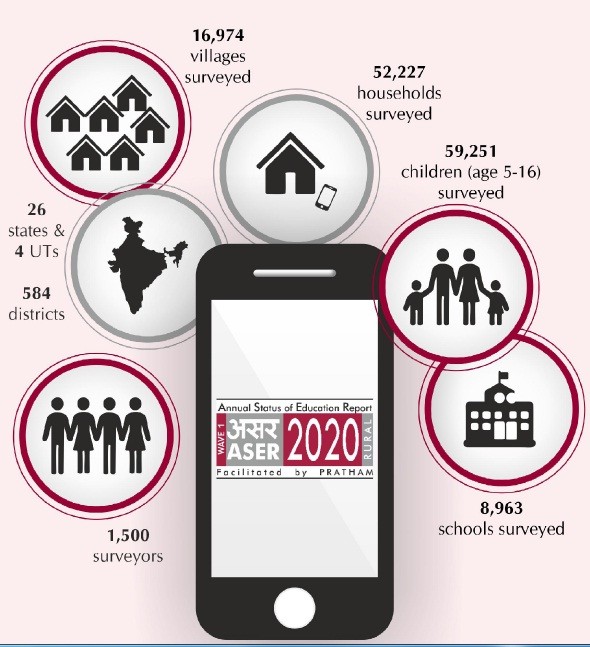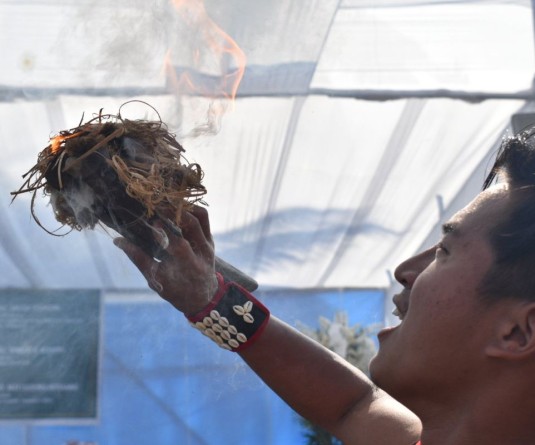The phone-based ASER 2020 survey was conducted in September which was the sixth month of national school closures. (Image Courtesy: ASER 2020 Wave 1 - Rural, ASER CENTRE)

Morung Express News
Dimapur | November 8
The Annual Status of Education Report (ASER) (Rural) 2020, report 70.1 per cent of government school students and 87.8 per cent of those studying in private schools in the state have access to smartphones.
According to the ASER Centre which compiled the survey, the urgent need to systematically examine the effects of the COVID-19 pandemic on schooling and learning opportunities of children across the country was apparent. Although a lot of digital content has been generated and transmitted to help children continue to learn, there is limited evidence on the extent to which this content is reaching children; whether they are engaging with it; and the impact it is having on their participation and learning, it said.
As such, the phone-based ASER 2020 survey was conducted in September which was the sixth month of national school closures, it added.
Covering government and private schools, the percentage of students having smartphones in their families in some other North-East states are 84.3% in Manipur, 81.1% in Arunachal Pradesh, and 72% in Meghalaya and 60.7 % in Assam.
The survey, which was carried out in September, found that schools circulated most learning materials on WhatsApp.
Therefore, the learning process of students who did not have a smartphone or other devices was severely affected.
Nagaland fared slightly better than the other north eastern states as 71.3% of students who had smartphones could access learning materials and logged in to attend classes as compared to 50.1% in Arunachal Pradesh, 30% in Manipur, 28.3% in Meghalaya, and 24.9% in Assam.
Among them, the number of children who received learning materials and engaged in activities through WhatsApp was 93.7% in Arunachal Pradesh, 84.9% in Nagaland, 81.4% in Assam, 75.3% in Manipur, and 59.5% in Meghalaya.
School enrollment patterns
The report stated that changes in school enrollment can only be accurately measured once schools reopen and children are able to return to their classrooms. However, as compared to 2018, the interim measurement in ASER 2020 showed that at the all India level, there is a small shift towards government schools.
Nationally, the proportion of boys enrolled in government schools rose from 62.8% in 2018 to 66.4% in 2020. Similarly, the proportion of girls enrolled in government schools rose from 70% to 73% during the same period.
However, in Nagaland, the proportion of boys enrolled in government schools fell from 46.7% in 2018 to 32.6 % in 2020. Similarly, the proportion of girls enrolled in government schools fell from 49.3% to 35% during the same period.
Overall, 67.5% of boys and 65% of girls across all grades (Class 1 to 12) in Nagaland are enrolled in private schools.
Policy implications
As per the report, while some information is available about the measures that governments and others have put in place to ensure minimum disruptions to children’s education, no systematic, large scale information has been available about whether children are able to access and use these mechanisms.
Providing data on these issues at both state and national levels, the report suggested several overarching policy implications for the country.
On the impact of digital modes and content, it noted that several modes of providing digital content have been tried. However, in order to improve digital content and delivery for the future, it underscored that an in-depth assessment of what works, how well it works, who it reaches, and who it excludes is needed.




.jpg)

